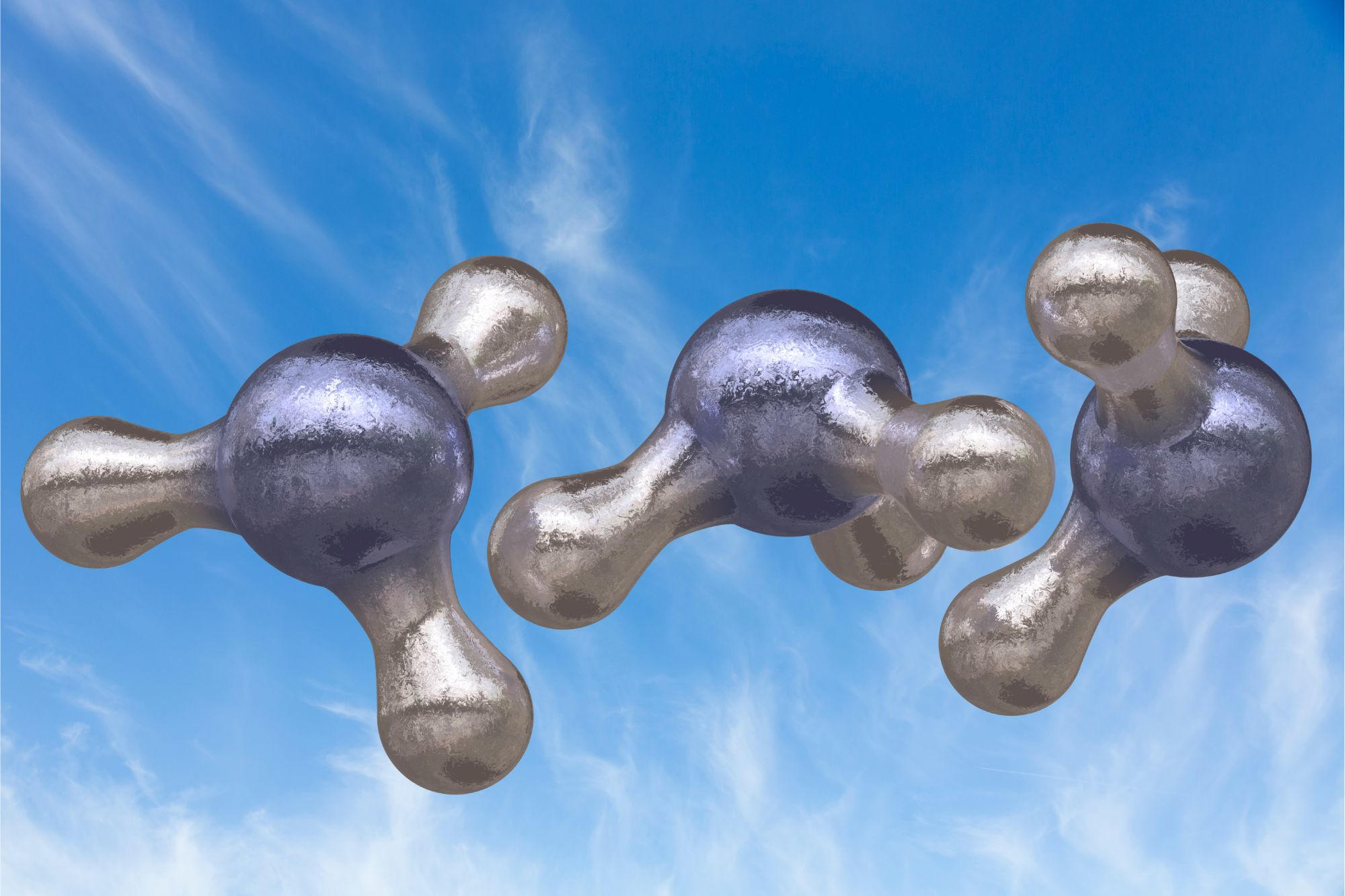Connect with us
Published
2 months agoon
By
admin
Ammonia (NH3), a colorless gas essential for agriculture and various chemical processes, has traditionally been produced via the energy-intensive Haber-Bosch method, which significantly contributes to carbon emissions. Researchers at Stanford University have discovered a more eco-friendly approach to ammonia production, utilizing simple water droplets and nitrogen from the air without the need for high pressure or temperature. This innovative method leverages a catalyst made from magnetite and a synthetic membrane, allowing the reaction to occur in benign conditions. The process requires minimal energy and could potentially produce ammonia in a sustainable manner. The low-tech setup enables portability, which could allow on-site production for agricultural use, reducing transportation emissions. The research, led by Xiaowei Song and Richard Zare, builds on earlier studies of water microdroplets and represents a significant advancement in chemical synthesis by effectively integrating gas, liquid, and solid phases in ammonia generation. While the method is currently in the demonstration phase, its scalability could address food production needs while mitigating climate change impacts, with hopes for further development to enable commercial viability. The findings were published in the Proceedings of the National Academy of Sciences and indicate a potential shift towards sustainable fertilizer production.













